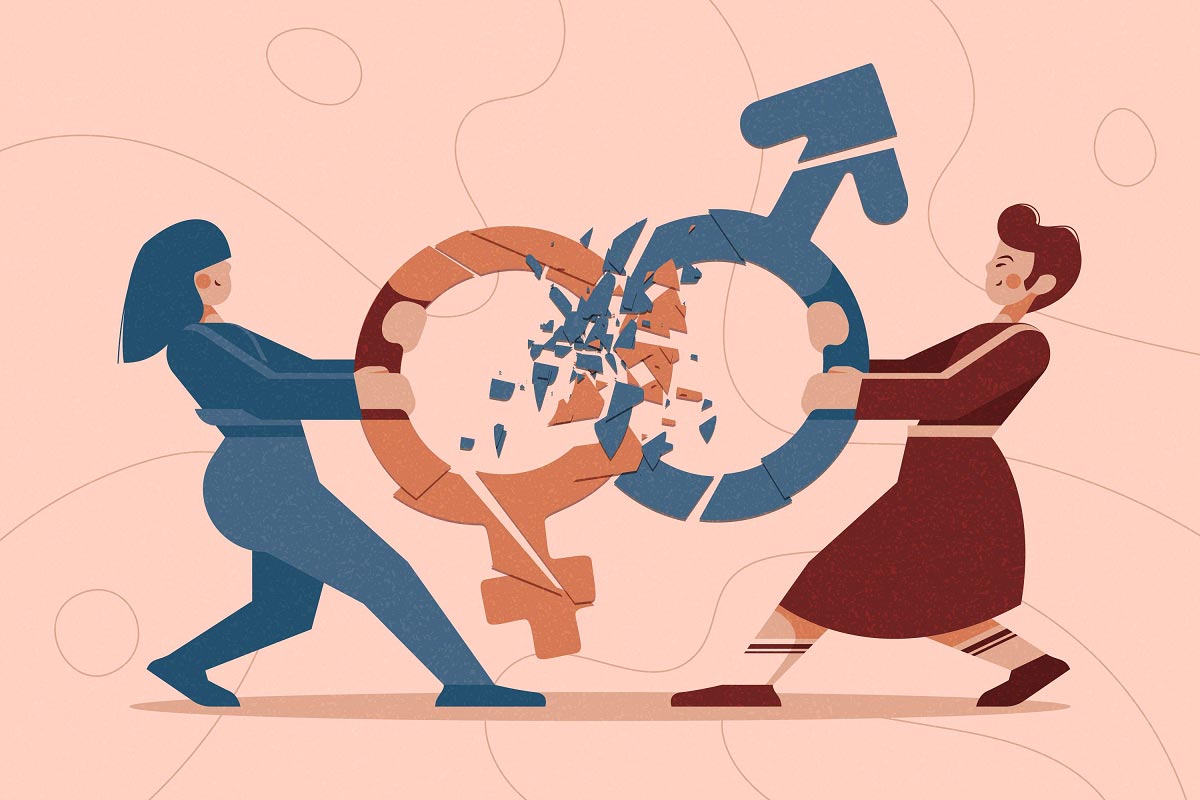
Understanding and Breaking Gender Stereotypes: A Guide to Overcoming Misconceptions
Gender stereotypes have been ingrained in society for generations, shaping our beliefs about what is "normal" or "appropriate" for individuals based on their gender. These stereotypes can be harmful and limiting, perpetuating discrimination, prejudice, and unequal opportunities for individuals. In this article, we will explore common gender stereotypes and misunderstandings, their impact on individuals and society, and strategies for breaking them down and promoting gender equality.
What are Gender Stereotypes and Misunderstandings?
Gender stereotypes are beliefs or assumptions about the characteristics, roles, and behaviors of individuals based on their gender. These stereotypes are often oversimplified and reinforce traditional gender roles, such as the idea that women are emotional and nurturing, while men are strong and assertive.
Misunderstandings about gender, on the other hand, refer to misconceptions or ignorance about the complexities of gender identity, such as assuming that there are only two genders or that gender is determined solely by biological sex.
Examples of Gender Stereotypes and Misunderstandings
Some common examples of gender stereotypes include:
- Boys should be tough and not show their emotions.
- Women are naturally better at caregiving and should prioritize family over career.
- Men are more rational and logical than women.
- LGBTQ+ individuals are abnormal or unnatural.
These stereotypes and misunderstandings can have a significant impact on individuals and society.
Effects of Gender Stereotypes on Individuals and Society
Gender stereotypes can limit individuals' potential and opportunities, leading to discrimination and unequal treatment. For example, women may be discouraged from pursuing careers in traditionally male-dominated fields, while men may feel pressure to conform to strict masculine norms that stifle emotional expression and vulnerability.
These stereotypes can also contribute to systemic inequalities, such as the gender pay gap, lack of representation in leadership positions, and unequal access to healthcare and education.
Impact of Media on Gender Stereotypes
The media plays a powerful role in perpetuating gender stereotypes and misunderstandings. For example, female characters are often sexualized and portrayed as objects of male desire in movies and television shows, reinforcing harmful stereotypes about women's bodies and sexuality. Additionally, LGBTQ+ individuals are often underrepresented or portrayed negatively, further stigmatizing non-heteronormative identities.
Strategies to Break Gender Stereotypes and Promote Gender Equality
Breaking down gender stereotypes and promoting gender equality requires a concerted effort from individuals, communities, and institutions. Some strategies that can be employed include:
- Challenging and questioning gender stereotypes and misunderstandings when they arise.
- Promoting positive representations of diverse gender identities in media, education, and popular culture.
- Encouraging individuals to pursue their passions and interests, regardless of gender norms or expectations.
- Educating individuals about the complexities of gender identity and the harm that stereotypes can cause.
- Providing equal opportunities and resources to individuals of all genders, including access to education, healthcare, and employment.
Role of Education in Addressing Gender Stereotypes
Education plays a crucial role in addressing gender stereotypes and promoting gender equality. By providing accurate and inclusive information about gender identity and history, schools and educators can help break down harmful stereotypes and empower students to challenge gender norms and expectations.
Additionally, educators can promote gender equality in the classroom by creating a safe and inclusive environment that values diversity and encourages open dialogue about gender identity and representation.
Conclusion
Gender stereotypes and misunderstandings have a harmful impact on individuals and society, perpetuating discrimination, prejudice, and unequal opportunities. By understanding the complexities of gender identity and challenging harmful stereotypes, we can work towards a more equal and inclusive society. Through education, advocacy, and representation, we can break down harmful gender norms and promote a more just and equitable future for all individuals, regardless of their gender identity.
Sociology Society Gender




